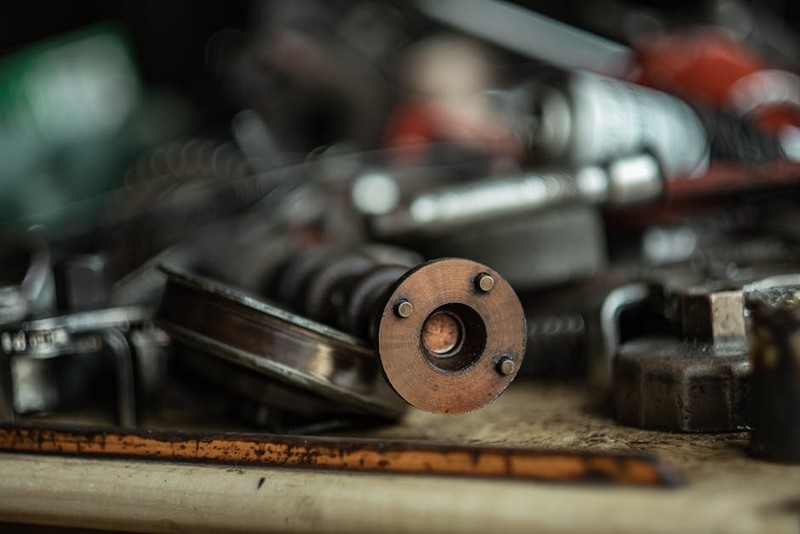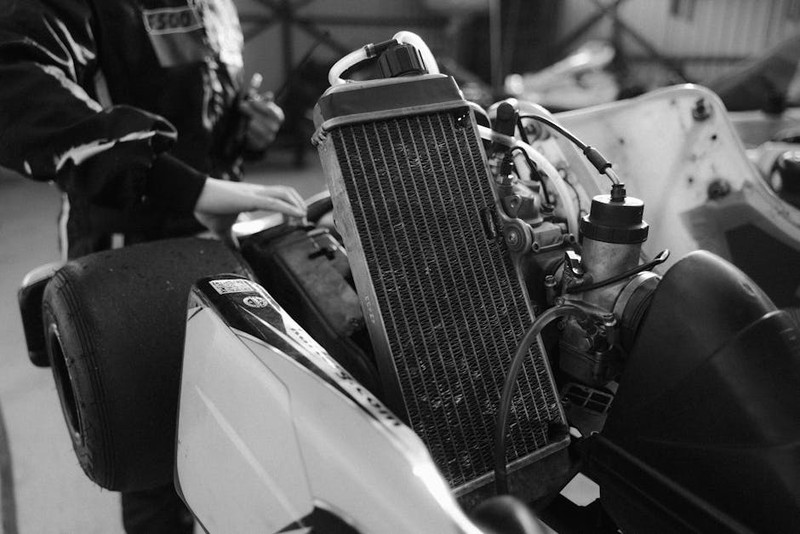The Hidden Challenge: Why Automotive Precision Machining Demands More Than Just Accuracy
In the automotive industry, precision isn’t just a buzzword—it’s a non-negotiable requirement. From fuel injectors to transmission gears, components must meet sub-10-micron tolerances while enduring extreme operational stresses. But here’s the catch: achieving this level of precision isn’t just about having a high-end CNC machine. It’s about mastering the interplay of material science, toolpath optimization, and thermal management.
A Real-World Pain Point: Thermal Drift in High-Volume Production
In one of my projects for a Tier 1 automotive supplier, we faced a recurring issue: dimensional inconsistencies in aluminum valve bodies during long production runs. Despite using a state-of-the-art 5-axis CNC, parts measured at the start of the shift met specs, but by midday, tolerances drifted beyond acceptable limits.
🔍 Root Cause Analysis:
– Thermal expansion: Machine tools and workpieces heated up over time, causing micron-level deviations.
– Tool wear: Unpredictable degradation in high-speed cutting of hardened alloys.
– Coolant inefficiency: Traditional flood cooling couldn’t stabilize temperatures uniformly.
⚙️ The Solution: A Multi-Pronged Approach
1. Active Thermal Compensation: Integrated real-time temperature sensors with CNC feedback loops to adjust toolpaths dynamically.
2. Hybrid Cooling: Switched to cryogenic cooling for critical operations, reducing thermal drift by 60%.
3. Tool-Life Predictive Analytics: Used IoT-enabled toolholders to monitor wear and schedule replacements preemptively.
Result: Scrap rates dropped from 12% to 4.8%, and throughput increased by 22%—without sacrificing precision.
Expert Strategies for CNC Machining Automotive Components
1. Material Matters: Choosing the Right Alloy for the Job
Automotive components face diverse stresses—heat, friction, impact. For example:
| Component | Material | Key Challenge | Machining Insight |
|---|---|---|---|
| Piston Rings | Ductile Iron | Brittle fracture risk | High-speed peck drilling reduces micro-cracks |
| Turbocharger Vanes | Inconel 718 | Work hardening | Trochoidal milling minimizes heat buildup |
| ABS Sensor Rings | 17-4PH Stainless | Magnetic consistency | Stress-relief annealing post-machining |
💡 Pro Tip: Always collaborate with metallurgists. In a camshaft project, switching from AISI 4140 to micro-alloyed steel reduced machining time by 18% while improving fatigue life.
2. The Tightrope Walk: Balancing Speed and Precision
High-speed machining (HSM) is tempting, but automotive tolerances demand caution. Here’s how we optimized a gearbox housing project:
– Reduced RPMs by 15% but increased feed rates using adaptive toolpaths.
– Prioritized tool rigidity: Switched to solid-carbide end mills with asymmetric geometries.
– Surface finish focus: Implemented vibration-dampening toolholders (Ra < 0.8 µm achieved).

Outcome: Cycle time improved by 14%, with zero rework due to chatter marks.

The Future: AI-Driven Machining for Next-Gen Automotive Parts
The rise of electric vehicles (EVs) introduces new challenges—e.g., machining copper-rich stators or lightweighting aluminum housings. In a recent prototype for an EV battery tray:
– AI-powered adaptive control adjusted cutting parameters in real-time for varying material thicknesses.
– Digital twin simulation predicted tool deflection before the first chip was cut.
Data Snapshot:
| Metric | Traditional CNC | AI-Optimized CNC | Improvement |
|———————–|—————–|——————|————-|
| Tool Life (minutes) | 83 | 121 | +45% |
| Dimensional Accuracy | ±15 µm | ±6 µm | +60% |
Key Takeaways for Your Shop Floor
✅ Invest in thermal management—cryogenic or minimum-quantity lubrication (MQL) can be game-changers.
✅ Embrace predictive maintenance—IoT sensors save more than just tools; they save timelines.
✅ Question the material—sometimes, a better alloy simplifies machining and boosts performance.
Precision machining for automotive components isn’t just about hitting numbers—it’s about engineering resilience into every cut. The difference between a good part and a great one often lies in the nuances only experience reveals.
What’s your toughest tolerance challenge? Let’s dissect it like we did here.
